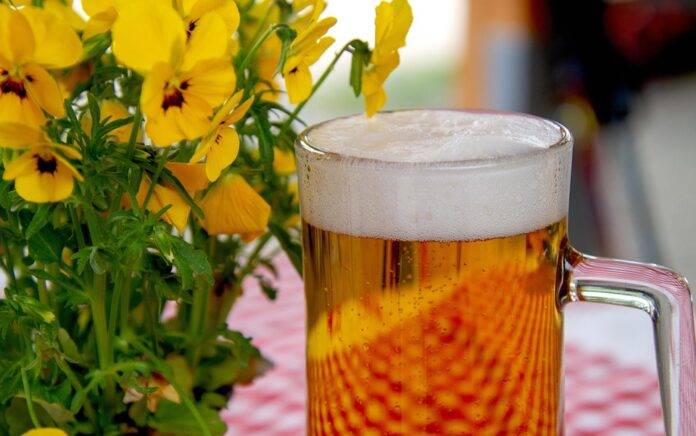The Future of Beer Packaging is Recyclable, Bold, and Story-Driven
Craft beer enthusiasts are not only looking for unique flavors and quality brews, but they are also becoming increasingly conscious of the environmental impact of their favorite beverage. As a result, the future of beer packaging is shifting towards recyclable materials that are bold in design and tell a story that resonates with consumers.
Recyclable Packaging Trends in the Beer Industry
The beer industry has been making significant strides in adopting recyclable packaging materials in recent years. Glass bottles, aluminum cans, and cardboard packaging are common options that are easily recyclable and have a lower environmental footprint compared to plastic packaging.
According to a report by Grand View Research, the global beer packaging market size was valued at $19.7 billion in 2020 and is expected to grow at a compound annual growth rate (CAGR) of 4.4% from 2021 to 2028. This growth is driven by increasing consumer awareness of sustainability issues and the rise of craft breweries that prioritize environmentally friendly practices.
Leading Companies Embracing Recyclable Beer Packaging
Several leading beer companies have already embraced recyclable packaging as part of their sustainability initiatives. For example, Anheuser-Busch InBev, the world’s largest brewer, has committed to making all of its packaging 100% recyclable, reusable, or compostable by 2025.
Craft breweries are also leading the way in adopting recyclable packaging materials. Many small breweries are choosing cans over bottles due to their higher recyclability rates and lighter environmental footprint. Cans are also more versatile in terms of design and can be easily customized to tell a unique brand story.
Story-Driven Packaging Design
In addition to being recyclable, the future of beer packaging is also becoming more story-driven. Breweries are using packaging as a way to connect with consumers on a deeper level and differentiate themselves in a crowded market.
For example, breweries are incorporating storytelling elements into their packaging design, such as using illustrations or narratives that highlight the brewery’s history, values, or ingredients. This not only creates a more engaging experience for consumers but also helps to build brand loyalty and trust.
Conclusion
In conclusion, the future of beer packaging is heading towards recyclable materials that are bold in design and tell a compelling story. As consumers become more environmentally conscious and seek authentic brand experiences, breweries that embrace recyclable and story-driven packaging will be well-positioned to succeed in the market.
By adopting recyclable packaging materials, leading companies in the beer industry can reduce their environmental impact and appeal to consumers who prioritize sustainability. Additionally, incorporating storytelling elements into packaging design can create a more engaging and memorable brand experience that resonates with consumers on a deeper level.
Overall, the future of beer packaging is not only about protecting the environment but also about creating meaningful connections with consumers through bold and story-driven design. As the industry continues to evolve, breweries that prioritize recyclable packaging and compelling storytelling will stand out in a competitive market and attract a loyal following of environmentally conscious beer enthusiasts.




